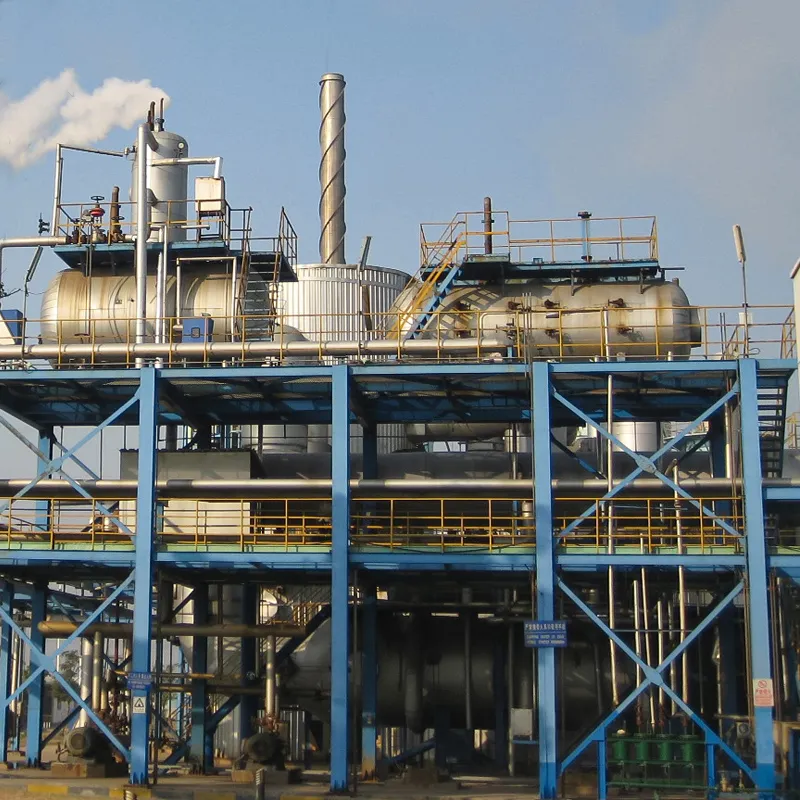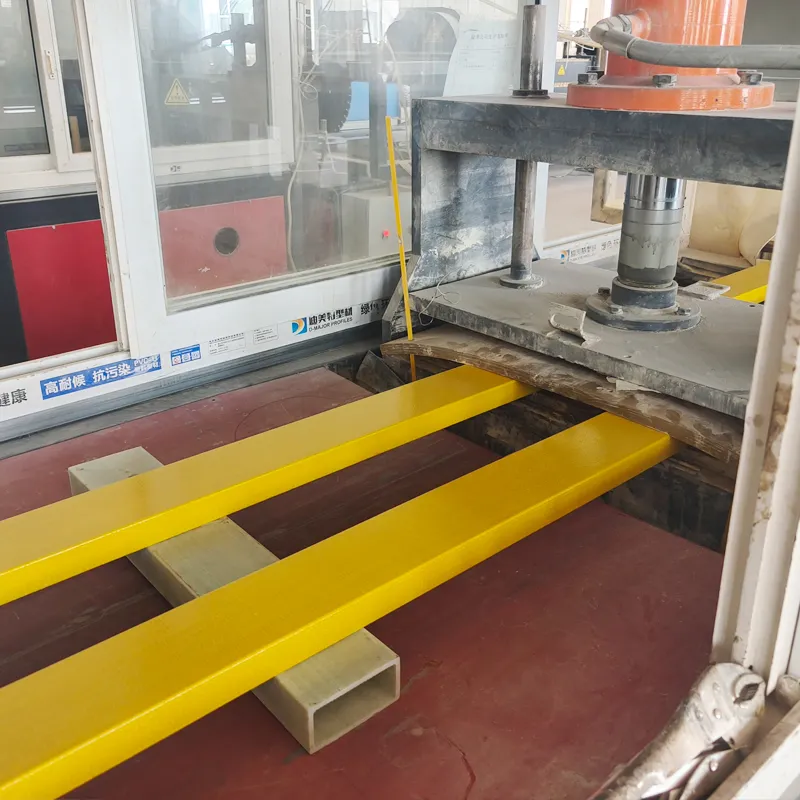Premium Fiberglass Reinforced Polyester Pipes Durable & Corrosion-Resistant
- Understanding Fiberglass Reinforced Polyester Composites
- Market Growth Statistics and Industry Adoption
- Technical Advantages Over Traditional Materials
- Leading Manufacturer Comparison and Capabilities
- Customized Engineering Solutions
- Diverse Industrial Application Scenarios
- Future Developments in Fiberglass Reinforced Polymer Mortar Pipes

(fiberglass reinforced polyester)
Understanding Fiberglass Reinforced Polyester Composites
Fiberglass reinforced polyester (FRP) represents a composite material category combining polymer resins with glass fiber reinforcement. This fusion creates materials exhibiting exceptional strength-to-weight ratios that outperform conventional steel or concrete alternatives. The manufacturing process involves precisely layering glass fibers within liquid polyester resin matrices, then curing them under controlled conditions. Molecular bonding occurs when catalyst additives initiate cross-linking reactions, permanently transforming liquid resins into rigid, durable solids reinforced by fibrous structures.
Material engineers leverage this synergy to engineer products with customized mechanical properties. By adjusting fiber orientation patterns and resin formulations, technicians develop specific performance characteristics. This adaptability facilitates production of standardized sheets, structural profiles, and specialty components like fiberglass reinforced polymer mortar pipes. Industrial adoption continues growing as sectors recognize FRP solutions deliver corrosion-free service lives exceeding 50 years—quadrupling conventional material durability in chemical processing environments. Customizable manufacturing accommodates thicknesses from 2mm panels to 80mm structural members.
Market Growth Statistics and Industry Adoption
Global FRP consumption reached 11.7 million metric tons in 2022, projected to expand at 6.8% CAGR through 2030 according to Grand View Research data. Several factors drive this trajectory:
- Water infrastructure investments account for 41% of demand, driven by replacement schedules for degraded concrete pipes
- Chemical processing industry growth fuels 28% of market volume, prioritizing corrosion-resistant alternatives
- Renewable energy installations contribute 19% consumption growth for wind turbine components and solar support structures
North American municipal water projects allocated $4.5 billion toward FRP pipe installations in 2022 alone. Saudi Arabia's Jubail Industrial City represents the single largest FRP adoption project, deploying over 2,500km of fiberglass reinforced polymer mortar pipes across its cooling systems. Performance metrics document 92% lower maintenance costs versus carbon steel alternatives over 20-year operational periods, explaining accelerated transition schedules in OECD nation infrastructure programs.
Technical Advantages Over Traditional Materials
Fiberglass reinforced plastic outperforms metals and concrete across critical industrial parameters. Tensile strength ranges from 250-500 MPa depending on fiber orientation, surpassing mild steel's 400 MPa while weighing just 25% as much. This strength retention persists even after decades of environmental exposure—saltwater immersion tests show less than 10% degradation after 50 years. Unlike metallic alternatives, FRP demonstrates complete immunity to electrochemical corrosion, maintaining structural integrity in pH environments from 1 to 14.
Installation advantages include customizable on-site fabrication, drastically reducing joint requirements. A 48-inch fiberglass reinforced polymer mortar pipe section spans up to 40 feet versus concrete's 8-foot segments, cutting installation time by 60%. Smooth interior surfaces maintain consistent Hazen-Williams coefficients around 150, compared to concrete's degradation from 140 to 110 over 5 years. These characteristics combine to deliver documented lifecycle cost reductions of 45-68% across water, chemical processing, and offshore applications.
Leading Manufacturer Comparison and Capabilities
| Manufacturer | Production Scale | Diameter Range | Pressure Rating | Material Innovations |
|---|---|---|---|---|
| Enduro Composites | Global (12 plants) | 4"-156" | 600 PSI | UV-stabilized surface veils |
| FuturePipe Industries | Continental facilities | 12"-144" | 450 PSI | Conductive laminates |
| Hobas Engineering | Specialty supplier | 18"-100" | 300 PSI | Hybrid carbon/glass fiber |
| Composite Fluid Transfer | North American focus | 2"-72" | 800 PSI | Food-grade resin systems |
Leading fabricators continue advancing installation efficiency with proprietary jointing systems. FuturePipe's RingTite couplings install in 45 minutes versus traditional flange systems requiring 4 hours. Enduro's factory-applied abrasion-resistant liners double service life in slurry transport applications. While manufacturers share fundamental pultrusion and filament winding processes, material science differentiation focuses on resin modifications—hybrid vinyl ester formulations now withstand continuous temperatures to 325°F without structural decline.
Customized Engineering Solutions
FRP fabrication adapts to extreme operating environments through advanced engineering protocols. Computational modeling allows pre-construction simulation of stress distribution under operating conditions. Engineers input parameters including flow rates, temperature gradients, and burial conditions to generate customized laminate specifications. Proprietary software solutions then translate these requirements into production instructions for automated winding machines.
Material customization enables specialized applications:
• Glass transition temperatures modified from 200°F to 350°F
• Conductive fiber layers for static dissipation in explosive environments
• FDA-compliant resin formulations for pharmaceutical manufacturing
• Low-smoke toxicity formulations for subway tunnel installations
These capabilities allow installations where traditional materials fail—chemical processing plants now deploy FRP ducting handling hydrochloric acid fumes at 95% concentration levels, while mining operations utilize abrasion-resistant piping conveying slurries containing 65% solids content. Design flexibility extends even to field retrofits, with engineered solutions for repairing degraded concrete containment structures using fiberglass reinforced polyester
wraps that restore structural integrity without operational shutdowns.
Diverse Industrial Application Scenarios
Industrial sectors increasingly standardize on fiberglass reinforced plastic solutions due to documented operational advantages:
Water & Wastewater Infrastructure: Baltimore's wastewater system achieved 40% flow capacity improvement after installing 26 miles of 108-inch fiberglass reinforced polymer mortar pipes. The non-porous surface eliminated microbial-induced corrosion destroying previous concrete lines. Inspection reports after 10 years service show zero measurable degradation at critical chloride exposure points.
Chemical Processing: Dow Chemical's Louisiana facility replaced titanium heat exchanger shells with FRP alternatives, reducing replacement costs by 83% while tripling service intervals. Engineering analysis confirmed superior resistance to chlorinated hydrocarbon exposure at operating temperatures reaching 280°F.
Energy Transmission: Geothermal projects utilize filament-wound FRP for brine transmission where conventional materials last less than 18 months. Ormat Energy's Nevada installation has operated maintenance-free for 15 years handling brine at 300°F with 220,000 ppm dissolved solids concentration—conditions destroying stainless steel alternatives within 3 years.
Future Developments in Fiberglass Reinforced Polymer Mortar Pipes
Material science innovations continue enhancing fiberglass reinforced polyester capabilities. Nano-engineered additives now improve fracture toughness by 65% while maintaining corrosion resistance properties. Research focuses on sustainable matrix solutions incorporating recycled PET alongside bio-resins derived from agricultural byproducts. Such advancements maintain performance characteristics while reducing environmental impact.
Sensor integration represents another frontier, with prototypes of smart fiberglass reinforced polymer mortar pipes demonstrating embedded structural health monitoring. Distributed fiber optic networks detect strain variations indicating soil subsidence or third-party interference. Manufacturers currently field-testing these systems document prevention capability for over 85% of catastrophic failure events through early detection technology. As these innovations mature, FRP applications will expand further into mission-critical infrastructure where failure tolerance approaches zero.

(fiberglass reinforced polyester)
FAQS on fiberglass reinforced polyester
Below are 5 FAQ groups about fiberglass-reinforced composites, formatted as requested:Q: What is fiberglass reinforced polyester (FRP)?
A: Fiberglass reinforced polyester is a composite material combining polyester resin with embedded glass fibers. This creates a lightweight yet high-strength material resistant to corrosion and chemicals. It's widely used in automotive parts, storage tanks, and marine structures.
Q: How does fiberglass reinforced plastic differ from traditional materials?
A: Unlike metals or wood, fiberglass reinforced plastic offers superior corrosion resistance in harsh environments like chemical plants. It provides higher strength-to-weight ratios than steel while requiring minimal maintenance. These properties make FRP ideal for industrial applications exposed to moisture or chemicals.
Q: Where are fiberglass reinforced polymer mortar pipes used?
A: These specialized pipes are engineered for demanding infrastructure applications like municipal wastewater systems and desalination plants. Their layered construction combines structural reinforcement with corrosion-resistant mortar linings. This design handles high-pressure flows while resisting degradation from chemicals and abrasion.
Q: What maintenance does fiberglass reinforced polyester require?
A: FRP composites typically require only basic cleaning and visual inspection for cracks or damage. Unlike metals, they don't need anti-corrosion treatments or coatings. Their non-porous surface prevents microbial growth, reducing long-term maintenance in water or chemical systems.
Q: Why choose fiberglass reinforced pipes over conventional alternatives?
A: Fiberglass reinforced polymer mortar pipes provide 50+ year service life with minimal degradation, outperforming metal and concrete in corrosive environments. They install faster due to lightweight modular sections while maintaining flow efficiency. These pipes also resist electrolytic corrosion and tuberculation common in metal systems.






























